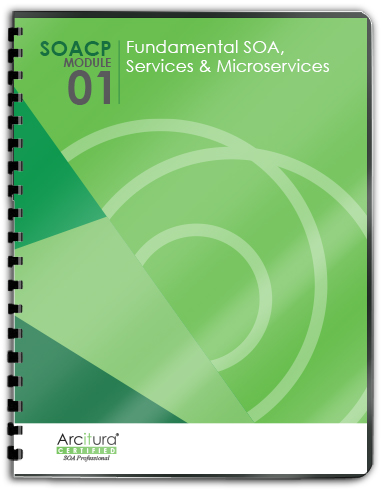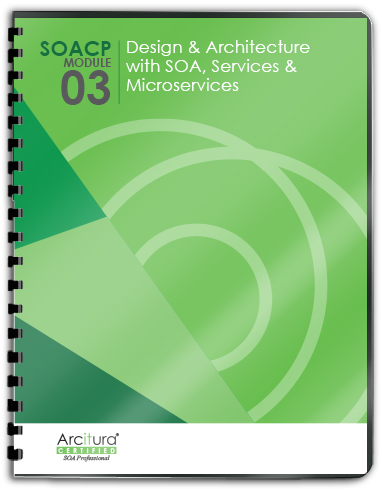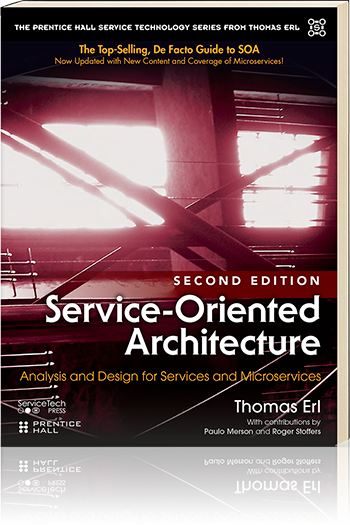SOA Patterns > Basics > What is SOA > Elements of Service-Oriented Computing > Overview
Overview
Service-oriented computing represents a new generation distributed computing platform. As such, it encompasses many things, including its own design paradigm and design principles, design pattern catalogs, pattern languages, a distinct architectural model, and related concepts, technologies, and frameworks.
It sounds like a pretty big umbrella, and it is. Service-oriented computing builds upon past distributed computing platforms and adds new design layers, governance considerations, and a vast set of preferred implementation technologies. That’s why taking the time to understand its underlying mechanics before proceeding to the actual design and construction phases of a delivery project is time well spent.
To better understand the fundamental complexion of a typical service-oriented computing platform we need to describe each of its primary parts, which we’ll refer to as elements:
- Service-Oriented Architecture (SOA)
- Services and Service-Orientation
- Service Compositions
- Service Inventory
- A Conceptual View of Service-Oriented Computing
- A Physical View of Service-Oriented Computing
The following pages define each of these elements and conclude with illustrations that explain how they can inter-relate. The symbols introduced in the upcoming pages are used repeatedly within subsequent parts of this Web site, as well as the Service-Orientation Principles section, and the books in the Prentice Hall Service Technology Series from Thomas Erl.


